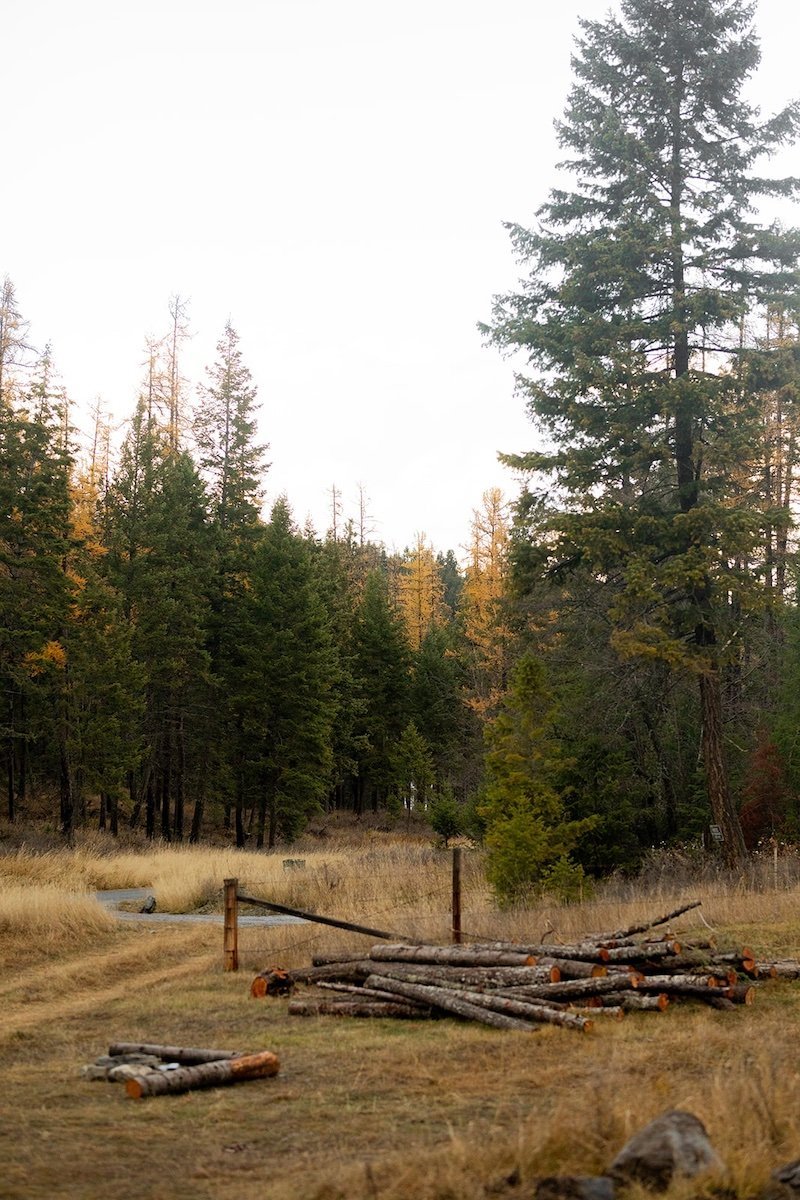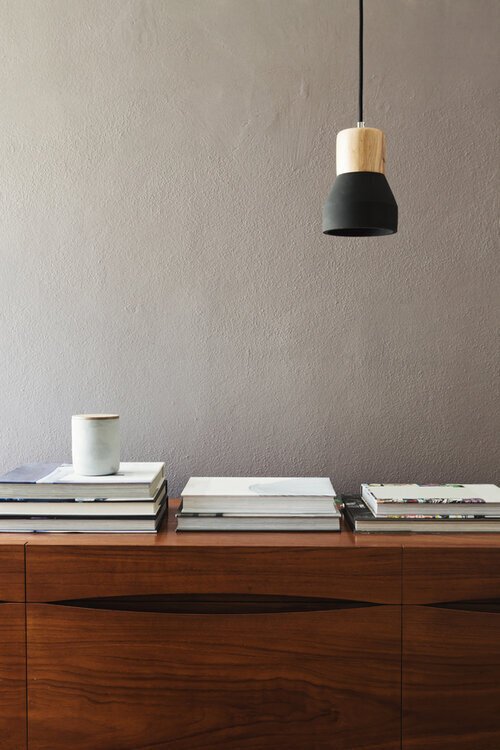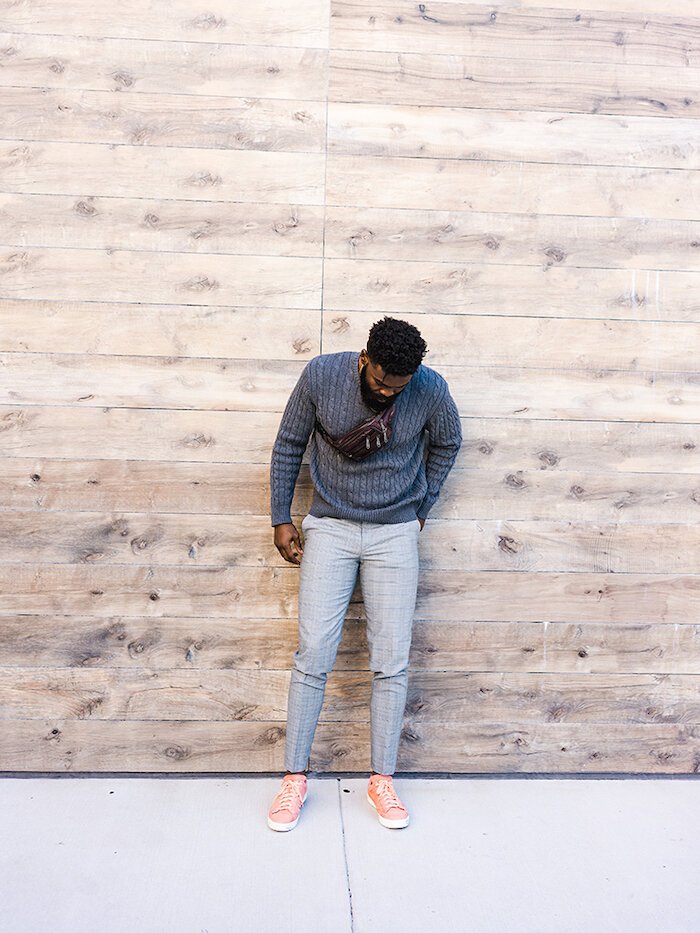
What Does The Path From Invisibility To Reclamation Look Like For The AAPI Community?
As an Asian American woman, I am striving to break free from narratives of invisibility & hypervisibility.
My family’s immigration journey began with my dad and his brothers leaving South Korea and arriving to the U.S. on October 28, 1978. As they set about their lives in Los Angeles, my dad’s first job was working as a janitor cleaning two buildings between Alvarado Street and Wilshire Boulevard, near Koreatown. Every night, he would enter an emptied space, gather his cleaning supplies, and sweep, scrub, and vacuum from 9 p.m. to 4 a.m. When employees and visitors arrived the next morning, everything was clean and spotless, put back together in its rightful place. No one saw the immigrant working hard throughout the night. It was as though my dad was invisible.
In many ways, my dad’s invisibility is part of a larger narrative that many immigrants and people of color experience in this country. As an Asian American and a daughter of immigrants, my relationship with visibility is multilayered. In this country, I am often made to be invisible with two dominant narratives projected onto my community: Asians are perceived as the model minority or as a perpetual foreigner.
“As an Asian American and a daughter of immigrants, my relationship with visibility is multilayered.”
The “model minority” myth is the false notion that Asians have somehow overcome racism through our exceptionalism and hard work. White supremacy created this myth during the Civil Rights Movement in the 1960s to perpetuate anti-Blackness, deny the impact of systemic racism on people of color, and pit communities of color against each other.
Conversely, a perpetual or forever foreigner is seen as someone who doesn’t belong in the U.S. or could never be born here. An example of this is being told, “You speak English so well!” or being asked repeatedly when out in public, “Where are you from?” and after answering, “Los Angeles,” being asked again, “Where are you really from?”, implying a qualifier for my response.
As I write these words, our nation is amidst a racialized pandemic that has seen a 1900% surge of anti-Asian violence and racism. From March 2020 to June 2021, Stop AAPI Hate has tracked and reported 9,081 racial discrimination and assault incidents against the Asian American and Pacific Islander community.
Our elders are being murdered in broad daylight; Asian businesses are being vandalized and burglarized. Just in the last few months, two counts of mass murder against East Asian women and the Sikh community have unfolded. Our communities are afraid, traumatized, and grieving.
From our usual invisibility, Asians are experiencing a cataclysmic hypervisibility. By blaming the coronavirus on our communities, leading officials and media continue to perpetuate xenophobic rhetoric. We are being scapegoated and portrayed as the “Yellow Peril,” a disease-ridden and dangerous group infecting white America.
“Our nation is amidst a racialized pandemic that has seen a 1900% surge of anti-Asian violence and racism […] From our usual invisibility, Asians are experiencing a cataclysmic hypervisibility.”
The current uptick of anti-Asian hate crimes is a window to our nation’s past—we look back at the xenophobic, racist white supremacist ideology that led to the Chinese massacre of 1871, the largest mass lynching in the history of our nation. We remember the Page Act of 1875, which banned the immigration of Chinese women depicted as hypersexualized threats to the institution of marriage. We lament the inequities of the Chinese Exclusion Act in 1882, the first and only law in the United States that barred immigration solely based on race. And we cry out at the injustice of Executive Order 9066 only 79 years ago, when Japanese American citizens were forcibly sent to concentration camps without due process simply because of their ethnicity.
We also grieve the racial scapegoating of white mobs violently driving South Asians out of their homes in Bellingham in 1907 and the anti-Filipino hysteria that led to the horrific Watsonville riots in 1930. We speak the name of Vincent Chin, who was racially targeted and murdered on the night of his bachelor party in 1982 by two white autoworkers with anti-Asian bias.
Activist and lawyer Bryan Stevenson states that to repair our nation’s history of racial injustice, we must “truthfully confront [it].” As a nation, we must interrogate the ways white supremacy has insidiously erased anti-Asian racism throughout history, while simultaneously weaponizing us as political pawns against other communities of color.
“We are working towards a healing and liberative resistance that allows us to be visible on our own terms.”
We must expose the ways dominant narratives have systemically flattened the vast diversity of over 45 countries into a monolithic narrative and diminished the powerful legacy of Asian American activists, uprisers, and freedom fighters who worked in solidarity with other marginalized communities towards an intersectional, collective liberation across racial divides.
Right now, a large portion of the Asian diaspora is facing our truth for the first time, unlocking floods of generational racial erasure and pain we’ve often swallowed to survive. We are excavating our own history, bearing witness to each others’ grief, centering our stories, and in doing so, uprooting internalized narratives that shamed us into assimilation or deceived us into silence. My community is experiencing our own racial revolution, mobilizing across racial divides against white supremacy and colonization in collective action. We are working towards a healing and liberative resistance that allows us to be visible on our own terms.
As an Asian American woman, I am striving to break free from narratives of invisibility and hypervisibility that perpetuate self-hatred, unworthiness, and dehumanization. I am no longer seeking validation or permission from systems that were never built for my thriving. Rather, I am reclaiming my dignity and sacred worth, anchoring myself in radical self-love and collective care.
I am awakening to the power of my ancestors’ legacy, their resistance in the face of oppression, my foremothers’ strength and survival amidst patriarchy, fetishization, trauma, and violence. I am charting a new path for myself, one where I speak my own truth to power.
“As we work towards reimagining and rebuilding our world anew, my community and I are reclaiming these truths.”
And I am creating room for joy, rest, and hope, tethering myself to an interconnected humanity that believes Asian American activist Yuri Kochiyama’s words,
“We are all a part of one another.”
As we work towards reimagining and rebuilding our world anew, my community and I are reclaiming these truths: We are not invisible, our existence is sacred. We are not a virus, we are human beings. We are not your model minority, our communities will not be used. We are not foreigners, we belong here.
We are all a part of one another.
Christine Yi Suh is a spiritual director, writer, and creative who is passionate about the intersection of contemplative practice, justice, and embodied spirituality. In addition to facilitating anti-racism workshops, Christine cultivates healing spaces and soul care retreats for women of color and faith communities committed to a liberated theology and praxis. She is the author of Forty Days on Being a Four. You can find more of her work @christineyisuh.




